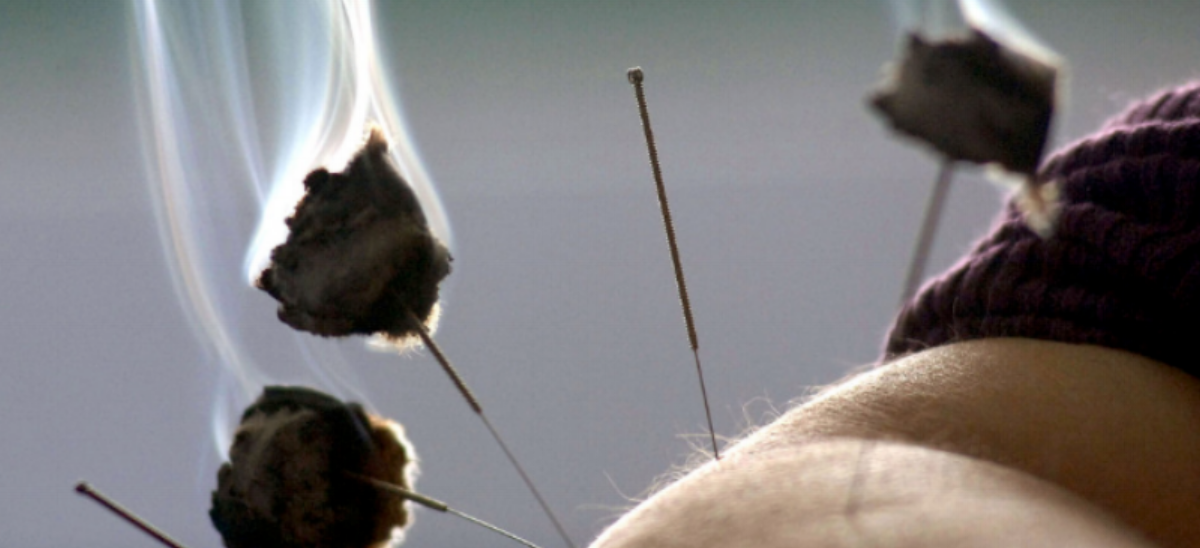Acupuncture
Over thousands of years, Traditional Chinese Medicine has mapped out the movement of qi in the body through a system of meridians. Acupuncture uses hair thin stainless steel needles to promote the proper movement of Qi and blood through the body’s systems. When qi and blood stagnate and become blocked the result is pain and illness. Acupuncture is the process of equalizing the body’s myriad of opposing forces to regain homeostasis and promote healing. This influences vascular, immune, endocrine and connective tissue responses resulting in pain control, tissue repair, muscle relaxation, reduced inflammation, increased range of motion & flexibility, normalization of organ function, blood & lymph flow, stress reduction, mood enhancement & improved sleep. Overall- INCREASED VITALITY.
Trigger Point (dry-needling)
Trigger points are hypersensitive, tender tissue within the belly of the muscle. This neuromuscular therapy uses acupuncture needles in intramuscular stimulation. Rather than needling specific acupuncture points, the target tissue is palpated in search of a tender spot in the muscle. The location often times coincides with meridian acupoints, but is not limited to them. Trigger point needling can be used to either release bound muscle strands or activate muscles that lack engagement during movement. The result is not only relief from neuromuscular pain, but the balancing of antagonistic muscle groups to create better alignment and limit joint stress.
cupping
Cupping is a soft tissue decompression technique used in Chinese Medicine, in which suction cups are placed on areas of the body (oxygen removed via fire or mechanical pump) to increase circulation. The suction gently stretches the myofascial tissue away from the bone to stimulate blood flow, open pores, unblock obstructions, and promote detoxification. When the strength of the suction is properly calibrated, the sensation produces instant relief from ache. Cupping can be stationary over specific points or important muscular junctures. The patient can lie still or often can be asked to breathe or stretch to accentuate the therapeutic range. As the cups are removed, the skin can reveal circular red-purplish marks that indicate superficial capillary flushing or "sha".
Applied to large thickly muscle areas, it has an extensive range of indications and is commonly used for: lumbar pain, shoulder and back pain, aching low extremities, soft tissue sprains and contusions, common colds, headaches, asthma, stomach aches abdominal pain and dysmenorrhea,
Gua sha
This is a soft tissue mobilization technique in Chinese medicine, which loosely translates to "scrape (away) heat, wind or fever." Gua Sha is performed with a blunt tool such as a ceramic soup spoon or jade stone. It breaks up adhesions, scar tissue, inflammatory chemicals, improves circulation and relieves muscle tension. Also often used to relieve respiratory issues, it can break up mucous constricting the airways, relieve asthma or break a fever. Pressure strokes are applied to specific areas of the body, often with herbal oils or liniments that protects skin from abrasions. The result is a detoxification of subcutaneous tissues through superficial capillary flushing. The temporary redness or petechiae that occurs is both therapeutic and diagnostic of blood stagnation in revealed areas.
Herbal medicine
Chinese herbs are often used in conjunction with acupuncture for added therapeutic effect. Chinese herbal medicine has a long history reaching back several thousand years, and the resulting system is now used to treat everything from the common cold to certain types of cancer. There are thousands of herbs in the Chinese materia medica, of which about 300 are commonly used. The use of classical formulas draws on the wisdom and knowledge of orchestrating single herbs together synergistically to balance their therapeutic effect perfectly.
Granule herbs may be combined in the exact dose, strength and function required by a patient’s unique condition, health history and constitution. This practice allows for adjustments to the medicine as symptoms begin to change, which not only reduces the potential for negative side effects, but also tends to provide lasting benefit.
Diet & Nutrition
In Chinese dietetics, foods are categorized by specific flavor (bitter, sweet, spicy, salty, sour & bland) temperature and function (warming, cooling, drying, moistening). Like herbal medicine, diet is unique to individual demands, health history and constitution. By choosing the appropriate combination of foods, a balanced state of health is achieved. Calling on supplementation of Vitimans, minerals and elective constituents that appear deficient can sometimes be necessary and in many cases expedite recovery.
moxabustion Therapy
Moxibustion is a traditional heat therapy that drives warmth deep into the body where Qi and blood have become vacant resulting in cold. Moxa involves the burning of the Artemisia argyi or 艾叶 Ai Yeherb over acupoints. It can be placed on top of an acupuncture needle (called Kyutoshin) to stimulate a specific point, or burned in a moxa box to treat larger areas like the abdomen or lower back. Often it is used in a stick form that the practitioner hovers over the selected points or meridians. Other warming herbs such as ginger, garlic, or aconite can be incorporated in the treatment and are layered underneath the moxa herb. Moxibustion has many uses in treatment such as increasing circulation, reducing pain and stimulating metabolic processes.
electro-Stim
Needles are capable of transmitting signals with or without electrical stimulation, but this method is often used to enhance and prolong pain relief. Unlike a TENS (transcutaneous nerve stimulation) unit where electrodes are placed on the skin's surface, electro-acupuncture is able to conduct current deep within its target tissues. This allows for more effective signal distribution, resulting in stronger pain control by the brain's own opiod neurotransmitters, interruption of pain signals, stimulation of proprioceptive nerve fibers in muscles, tendons and joint capsules, increased cellular metabolism, and rapid tissue repair.



